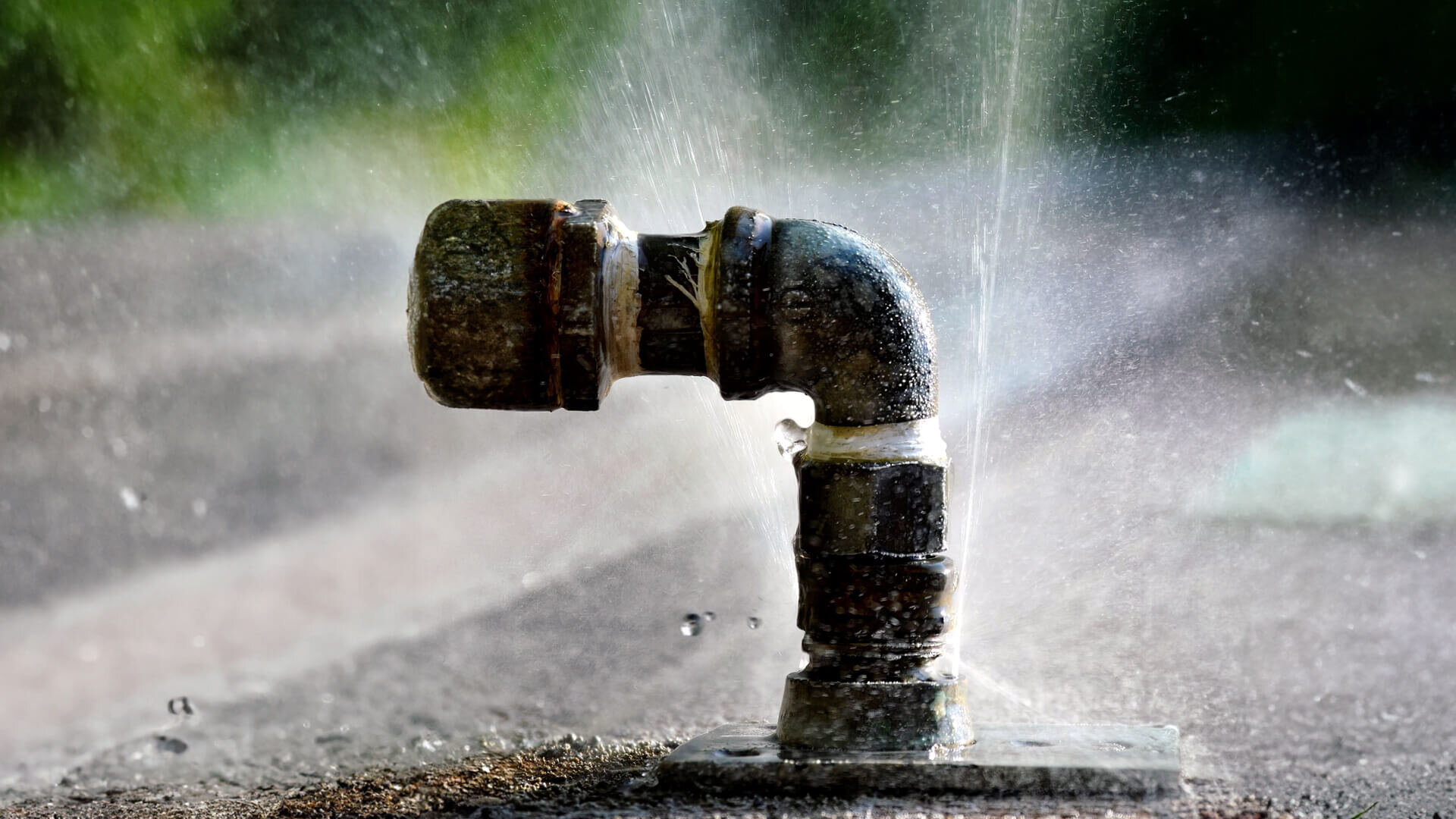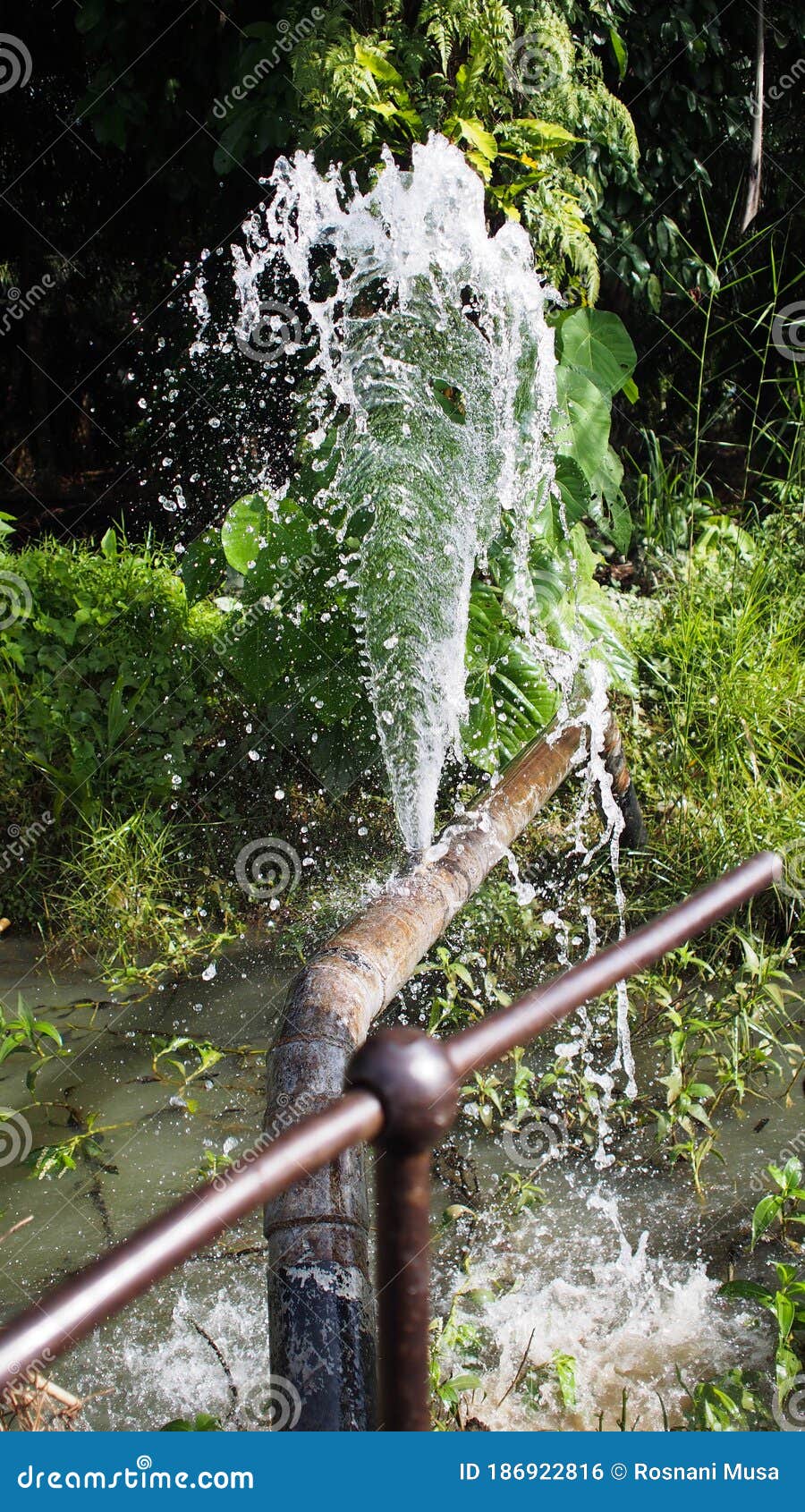Burst Pipe Insurance Claims: What You Need to Know for Water Damage Coverage
Burst Pipe Insurance Claims: What You Need to Know for Water Damage Coverage
Blog Article
Signs of a Ruptured Pipeline: Just How to Identify and Address the Concern
Understanding the indicators of a ruptured pipe is necessary for homeowners aiming to secure their property from significant water damage. Key indications include water discolorations on ceilings, inexplicable pools, and variations in water stress. In addition, the presence of undesirable smells or unexpected spikes in water bills may point to underlying pipes concerns. Recognizing these signs early can facilitate punctual action, however recognizing exactly how to effectively attend to the situation is similarly essential. The succeeding actions might imply the difference between a costly disaster and a minor inconvenience.
Water Discolorations on Ceilings

Additionally, the texture of the discolored area may end up being softer or sagging, suggesting that the underlying structure is compromised - burst pipe. It's crucial to take a look at spots closely; if they are come with by peeling paint or flaking plaster, this additional suggests recurring wetness concerns that could be connected to a ruptured pipeline

Disregarding these signs can result in even more substantial damage not just to your ceilings however likewise to the total integrity of your home. It is advisable to take prompt action by seeking advice from a qualified plumbing professional if you observe water stains. Early intervention can protect against further problems, such as mold development or structural damage, saving you money and time over time.
Unusual Water Pools
Unusual water pools in your house can be a significant indicator of a pipes concern, specifically a burst pipe. These unanticipated buildups of water can occur in numerous locations, such as under sinks, near appliances, and even in cellars and crawl rooms. Recognizing the resource of these puddles is critical, as they can cause considerable water damages and mold growth if not dealt with quickly.

In many cases, the visibility of standing water may indicate a ruptured pipeline, particularly if it is gone along with by an unexpected decrease in water stress or a visible rise in your water expense. If you think a burst pipeline, it is crucial to transform off the main water supply and speak to a licensed plumbing technician quickly to evaluate the scenario and implement essential repair work. Prompt treatment can prevent further damages and pricey repair services.
Sudden Adjustments in Water Pressure
An unexpected change in water stress can be a clear sign of a significant plumbing issue, such as a burst pipeline. Property owners might see this change through changing water flow, where faucets deliver water inconsistently-- occasionally weakly, and at other times with excessive pressure. Such irregularities usually originate from a decrease in pressure brought on by a ruptured pipeline, which enables water to escape before reaching its intended location.
In some instances, the pressure might increase considerably as a result of obstructions or limitations in the plumbing system. This stress accumulation can intensify existing issues, potentially leading to more damage within the pipelines. It is important to recognize these adjustments promptly, as they may represent that a burst pipe looms or has currently taken place.
To deal with abrupt modifications in water stress, homeowners must first examine for noticeable leaks and keep track of the efficiency of their pipes fixtures. It is suggested to speak with an expert plumbing if the problem persists. They can perform a thorough examination of the plumbing system, determine the source of the stress modification, and advise proper corrective actions to stop additional issues.
Unpleasant Odors in Home
Remaining unpleasant smells in the home can signify underlying plumbing issues, including the possibility of a ruptured pipe. When a pipe ruptureds, it can lead to the build-up of water in locations that are not conveniently noticeable, creating a breeding place for mold and mildew and bacteria. This torpidity usually causes mildewy, nasty smells that may penetrate living rooms.
Along with mold, the presence of sewage smells can show that a drainpipe line has been compromised as a result of a ruptured pipeline. It positions serious health and wellness risks and requires instant focus if wastewater leakages right into your home. Home owners must pay attention to the types of odors; for example, a rotten egg odor might recommend a gas leak, while a sewage-like odor suggests an extra pressing pipes concern.
If you identify any one of these Check Out Your URL undesirable smells, it's important to explore even more. Inspect areas where pipes lie, such as cellars or crawl spaces, for indicators of moisture (burst pipe). If problems are discovered, contacting an accredited plumbing professional is necessary to analyze the situation and execute necessary repairs, guaranteeing your home remains odorless and safe
Increased Water Expenses
An unforeseen spike in water costs can serve as an indication of pipes concerns, including the possibility for a ruptured pipe. Property owners may overlook progressive increases, however a sudden increase in water prices generally indicates a leak or irrepressible water flow. When a pipe bursts, water escapes into areas where it is not indicated to be, leading not just to raised utility expenditures yet also to potential building damages.
To identify if a burst pipeline is at fault, contrast current water costs with historical data. If the boost is disproportionate to your typical usage, it requires additional examination. In addition, monitoring your water meter can give insights; if the meter remains to run while all water sources are switched off, a leakage is most likely present.
Overlooking raised water expenses can result in even more considerable problems, consisting of costly fixings and extensive water damage. By staying cautious regarding your water usage and without delay attending to abnormalities, you can safeguard your home and finances from the repercussions of a ruptured pipe.
Final Thought
In summary, acknowledging the indications of a ruptured pipeline is vital for minimizing prospective water damages. Water stains on ceilings, inexplicable puddles, abrupt adjustments in water stress, undesirable odors, and boosted water expenses act as important signs of pipes problems. Motivate identification and action can protect against substantial damages and pricey repairs. Involving an accredited plumbing upon noticing these symptoms is strongly suggested to ensure correct analysis and resolution of the problem.
Key indicators include water stains on ceilings, unusual pools, and variations in water stress.In some cases, the visibility of standing water might indicate a burst pipe, specifically if it is come with by a sudden decline in water stress or a recognizable boost in your water costs. Property owners might forget steady increases, but an unexpected surge in water prices commonly indicates a leakage or irrepressible water circulation. Overlooking raised water bills can result in more considerable problems, including costly fixings and you could try this out extensive water damages. Water discolorations on ceilings, inexplicable pools, sudden modifications in water pressure, undesirable odors, go and enhanced water costs serve as critical indications of plumbing issues.
Report this page